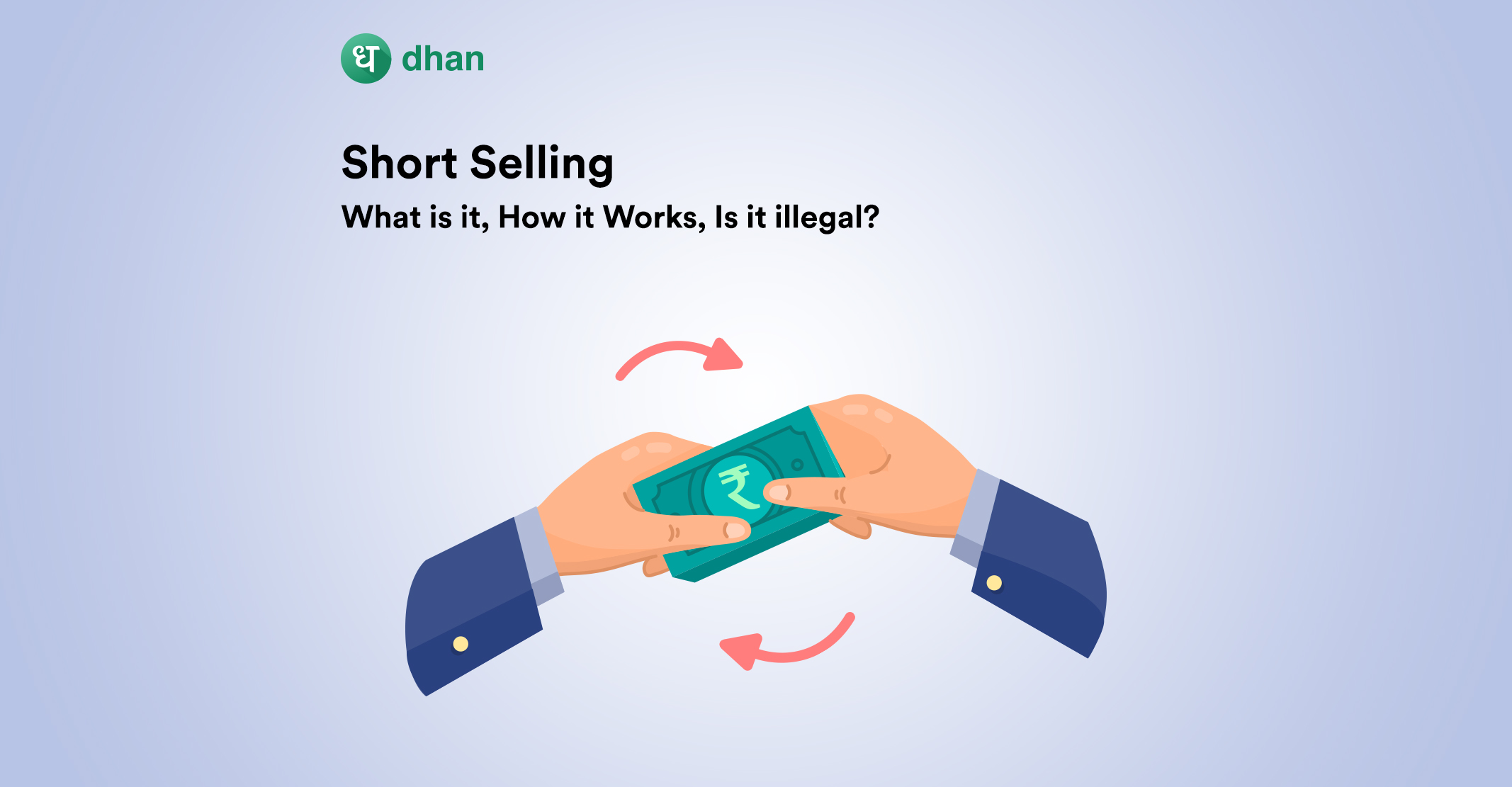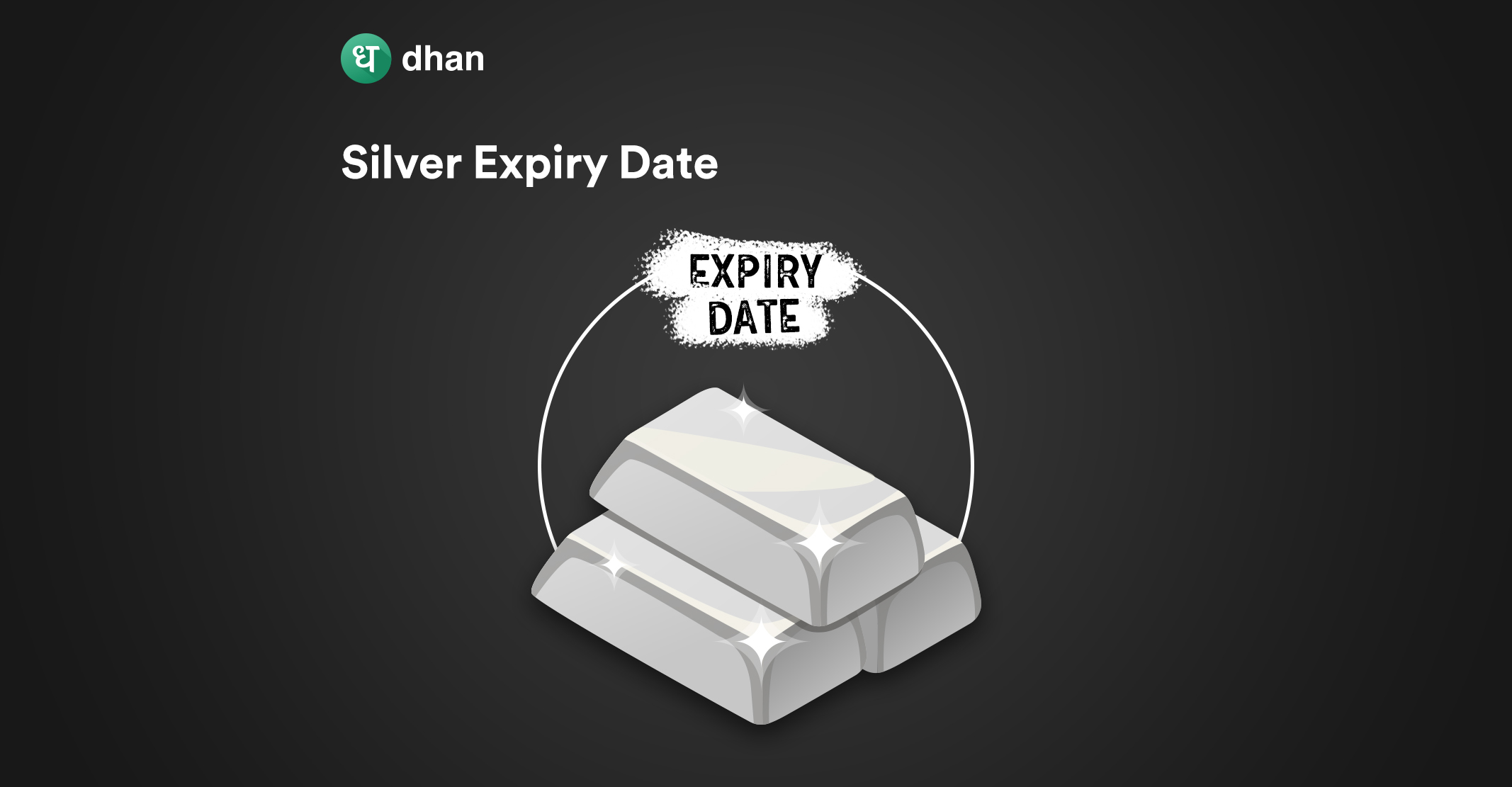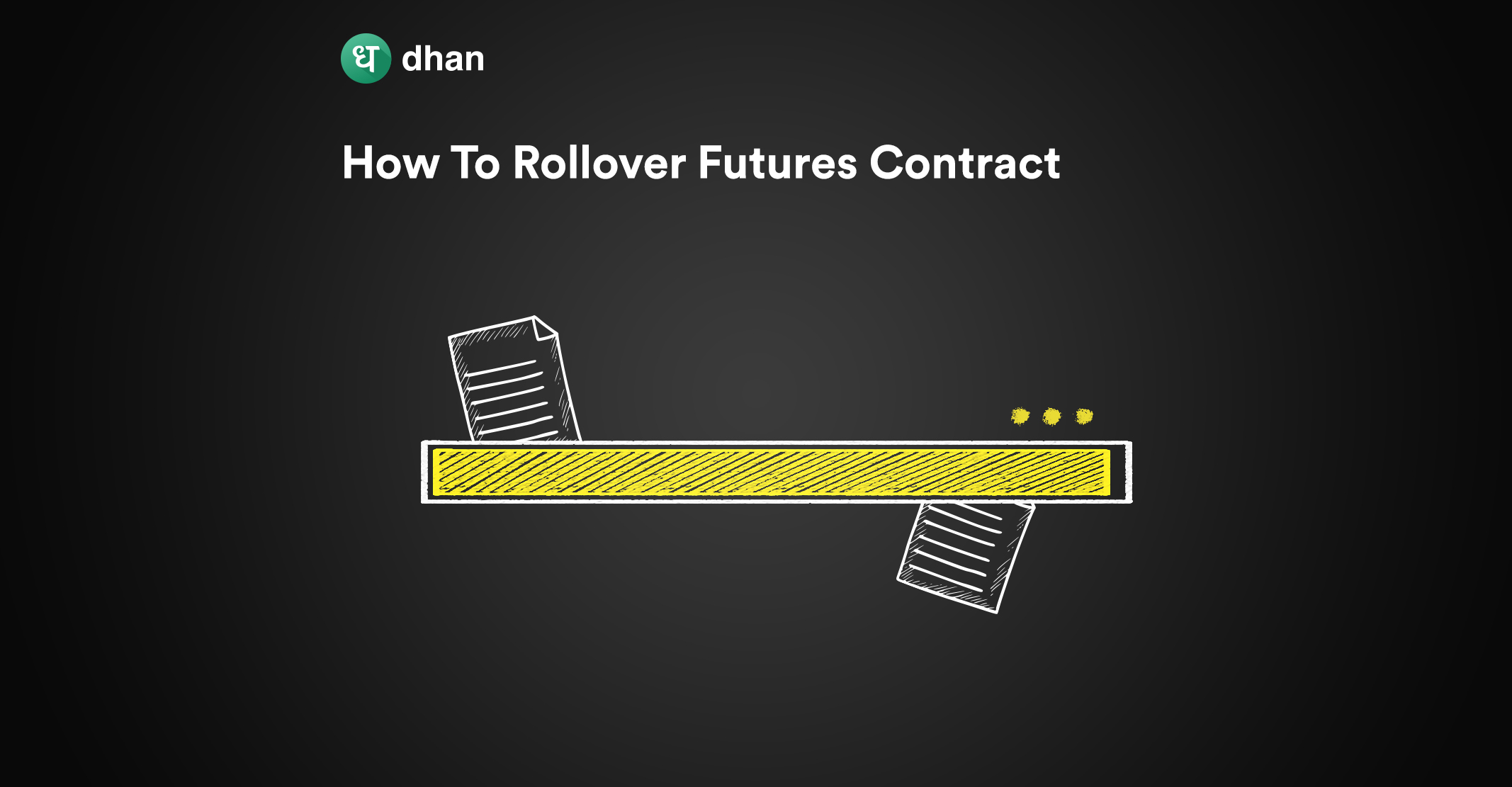The world of online stock trading is interesting. You as a retail participant can benefit from the growth of some of the biggest companies in India. But that’s the conventional norm, as there’s profit to be made even when a stock falls. That’s what short selling is in a nutshell.
What is Short Selling?
Shorting is a process of selling a stock that you do not actually own. It is then sold into the market at the current price and you expect the price of the stock to fall in the short term which helps you in purchasing it later at a low price.
If the prices fall, you will be able to earn a profit. In simple words, if you sell a stock at Rs. 15 and later buy it at Rs. 12, the difference of Rs. 3 between the high selling price and low purchasing price is your profit.
Apart from speculation, short selling is a hedging technique wherein you can reduce the downside risk of holding a long or buy position. While the concept of short selling seems straightforward, it’s much more intricate in nature.
How Short Selling Works?
A short-selling strategy involves selling shares you do not own at a higher price and then buying them back at a lower price. Once the price drops as expected, you will buy back the same number of shares borrowed, but at a lower price.
We’re talking about an ideal scenario where everything goes as expected, meaning you can finally return the borrowed shares to the broker.
But… imagine if the price of the shorted stock rises. You’ll have to buy it back at a higher price, which is a loss for you.
A scenario like this will force you to pay a higher price. That’s why short selling is known to carry very high risk. We’ll talk more about managing risk in shorting later.
Example of Short Selling in Stock Market
Let’s see an example of how short selling works. Suppose you are expecting that the price of an ABC Ltd. stock will fall to ₹100 next month. To sell (or take a short position) the shares today, you borrow 50 shares from your stockbroker at a price of ₹120.
If the price falls, then you buy back 50 shares at a price of ₹100. This is called short covering and you make a profit of ₹20 X 50 shares = ₹1,000.
Short Selling in Spot Market Vs Futures Market
You’ve broadly understood the meaning of short selling. Now it’s time to get more detailed. Retail traders buy and sell securities in the spot or derivatives market.
The spot market is where securities change hands on the spot and settlement happens in a T+1 cycle. The derivatives market is a place where speculation takes place in a stock, index, or others through futures and options.
There are restrictions on taking short positions in the spot market, as you must close your short position on the same day you open it. Essentially, you can short stocks on an intraday basis only.
But there’s no such restriction in the futures market, meaning you can carry your short futures position overnight.
Why Short Selling is Not Allowed in Delivery?
The Indian stock market currently operates in a T+1 cycle. Assume you take a short position today and carry it overnight. The exchange will expect you to deliver the shares tomorrow.
Unfortunately, you don’t have the shares in your demat account because you’re shorting the stock and as a result, you will end up in a situation known as “Short Delivery”.
Since you can’t make the delivery of shares, the exchange will levy a penalty on you which can be as high as 20% over and above the short price.
That’s why you can’t take a short position overnight. You won’t face the same issue while trading futures online because it is nothing but a derivative of the underlying.
Securities Lending and Borrowing
Borrowing shares from another investor/trader, selling it at a higher price, and eventually buying it back at a lower price is what many consider to be true short selling.
There is a mechanism to facilitate such short selling. It is called SLB. Securities Lending and Borrowing (SLB) allows you to borrow shares from an entity, often for a fee or an interest rate.
A borrower will use the borrowed shares to short-sell to make an arbitrage trade and has to return the borrowed shares at a later date.
Naked Short Selling
A naked short position is one where a trader does not buy back the shares at a lower price even though they do not own the shares.
In the type of short selling we spoke about before, there are borrowed securities or opposite positions involved that meet compliance requirements.
However, a naked short position is simply a trader dumping shares they do not own to profit off of bearish markets. This has the potential to disrupt the entire market and is thus banned in India.
Benefits of Short Selling
In the shorting technique, the profit potential lies in the “sell high and buy low” fact but comes with the risk of losing money from the rising price of a stock in the future.
1. High Profits in Bearish Market
This strategy is best used when the market is falling or a particular stock is showing a downward trend. This will secure your portfolio towards a high profit potential even in the falling market.
2. Hedging
Shorting is a technique used for hedging in futures or other securities. By shorting in the opposite direction of your long position, you can offset any potential downside.
3. Liquidity & Participation
Short selling as an alternative to going long during bearish markets is known to encourage more active participation of traders. That and the fact that it adds liquidity makes short selling an important mechanism for the market.
Risks of Short Selling
These are the risks of executing a short trade.
1. Wrong Timing
Indulging in short selling at the wrong time is one of the biggest risks because if the share prices do not fall then you end up making a loss.
2. Margin Call
You have to make a good-faith deposit before taking any type of short position. If the market moves in the opposite direction of your position, you will likely be margin-called.
A margin call is a mechanism through which a broker informs you that you need to deposit more money into your trading account to cover losses.
3. Limited Profit Potential
Short positions often carry limited profit potential. The most that can happen is that the stock goes to Rs. 0 but compare it to a long position and you’ll notice that the profit margin is low.
Is Short Selling Illegal?
Have you ever wondered, is short selling illegal? No, it is not illegal as it is regulated by SEBI.
You can only be able to undertake a short sell position when you close all your positions or buy back the shares on the same trading day otherwise, you’ll have to pay a penalty in the spot market.
The securities covered in the F&O contracts are eligible for short selling and they can be carried forward to the next day.
Point to note, naked short selling is banned in India. Other forms of short selling are not.
Debunking Common Myths about Short Selling
There are certain myths that revolve around short selling, let’s see what are these:
1. Manipulation of Share Prices
It is a common myth that shorting manipulates share prices which eventually harms the interest of investors.
This is not true because in India, shorting is permissible only under the rules laid out by SEBI, which ultimately protects the interest of investors.
2. Increases Market Volatility
No, short sellers cannot increase market volatility because there are regulatory limits on the net positions related to short selling.
Therefore, no single short seller holds the power to affect the share price and increase its volatility.
3. No Stop Loss Possible
Well, you’re in for a surprise because you can use a trailing stop loss to protect your gains and manage risk when shorting stocks.
This dynamic stop order adjusts below the stock’s peak, protecting against reversals while ensuring your position is well placed to adjust during falling markets, all within a set distance from the entry point.
Conclusion
Shorting is a process of earning profits from selling high and buying low stocks that you do not buy firsthand.
What you need to know is that shorting can only be done as an intraday transaction in the spot market. The exchange treats short sales as regular sales but only initially.
If you’ve not squared off your position and carried it overnight, you will be obligated to deliver the shares the next day, the same shares that you do not own.
This will lead to a situation known as ‘Short Delivery’, which carries a penalty of up to 20% above the short price.
To prevent this, spot market short positions must be squared off before the market closes. However, short positions in the futures market can be held overnight.



